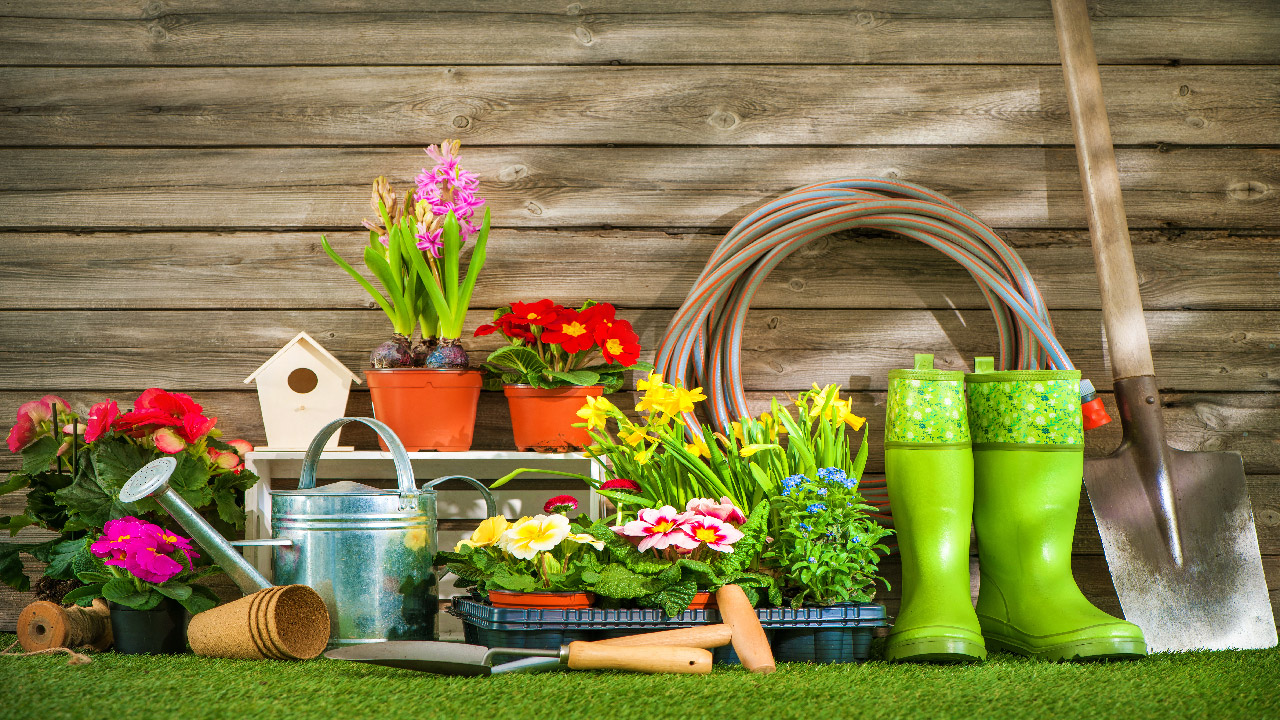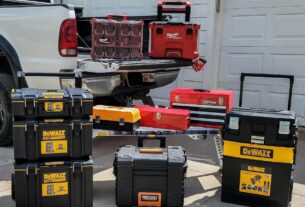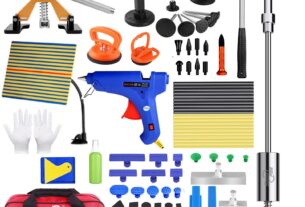Gardening is a fulfilling activity that helps you connect with nature, reduce stress, and beautify your surroundings. However, it can also be physically demanding, requiring you to use the right tools to get the job done efficiently and comfortably. One such tool is the 3 prong garden tool, which has gained popularity among gardeners due to its versatility and effectiveness. In this article, we will explore everything you need to know about this gardening essential, from its benefits and types to its uses and maintenance tips.
Benefits of Using a 3 Prong Garden Tool
The 3 prong garden tool, also known as a cultivator or fork hoe, is a hand-held tool with three sharp tines that can penetrate soil easily. Unlike traditional hoes or rakes, which may damage delicate plants or disturb the soil structure, a 3 prong garden tool allows you to loosen the soil and remove weeds without harming your crops. Here are some of the benefits of using a 3 prong garden tool:
1. Efficient weed removal: Weeds are one of the most persistent enemies of gardeners, as they compete with your plants for nutrients and water. Using a 3 prong garden tool can help you remove weeds quickly and easily by loosening their roots and pulling them out.
2. Improved soil quality: Soil compaction can make it difficult for plants to grow well, as their roots cannot penetrate the hard surface. A 3 prong garden tool can break up compacted soil and improve its texture by allowing air, water, and nutrients to reach the roots.
3. Versatility: A 3 prong garden tool can be used for various gardening tasks, such as digging planting holes, aerating compost piles, mixing soil amendments, and harvesting root crops.
Types of 3 Prong Garden Tools
There are several types of 3 prong garden tools available on the market, each with its unique features and benefits. Here are some of the most common ones:
1. Hand-held cultivator: This is a basic 3 prong garden tool that is ideal for small gardens or raised beds. It has a short handle and can be used for weeding, loosening soil, and mixing compost.
2. Long-handled cultivator: This type of 3 prong garden tool has a longer handle, usually around 54 inches, which allows you to work standing up without bending over. It is suitable for larger gardens or those with back problems.
3. Fork hoe: A fork hoe has a flat blade with three sharp tines that can be used for digging, cutting, and scraping. It is especially useful for removing tough weeds or breaking up hard soil.
4. Claw cultivator: A claw cultivator has four curved tines that resemble claws, which can penetrate soil easily and remove weeds efficiently. It is also ideal for cultivating around delicate plants or in tight spaces.
How to Use a 3 Prong Garden Tool
Using a 3 prong garden tool may seem straightforward, but there are some tips and techniques that can help you get the best results. Here’s how to use a 3 prong garden tool effectively:
1. Choose the right tool for the job: Depending on your gardening needs and preferences, you may need different types of 3 prong garden tools. Make sure to select the appropriate tool for each task, such as weeding, digging, or aerating.
2. Hold the tool correctly: Grasp the handle firmly with both hands and position yourself so that your dominant hand is at the top of the handle. This will give you more leverage and control over the tool.
3. Use your body weight: Instead of relying solely on your arm strength, use your body weight to push the tool into the soil. This will reduce fatigue and increase efficiency.
4. Work in a sweeping motion: Move the tool back and forth in a sweeping motion, using the tines to loosen the soil or remove weeds. Avoid digging too deeply, as this may damage the roots of your plants.
5. Take breaks as needed: Gardening can be physically demanding, so make sure to take breaks and stretch your muscles regularly. This will help prevent injuries and keep you energized.
Maintaining Your 3 Prong Garden Tool
Like any gardening tool, a 3 prong garden tool requires regular maintenance to ensure its longevity and effectiveness. Here are some tips for maintaining your 3 prong garden tool:
1. Clean after each use: Use a brush or cloth to remove any dirt or debris from the tines and handle of your 3 prong garden tool. This will prevent rusting and prolong its lifespan.
2. Sharpen the tines: Over time, the tines of your 3 prong garden tool may become dull or bent. Use a sharpening stone or file to restore their sharpness and shape.
3. Store properly: When not in use, store your 3 prong garden tool in a dry, cool place, preferably hanging it up on a wall or pegboard. Avoid leaving it outdoors or in direct sunlight, as this may cause rusting or fading.
In conclusion, a 3 prong garden tool is an essential gardening tool that can help you maintain a healthy and beautiful garden. By choosing the right type of tool for your needs, using it correctly, and maintaining it regularly, you can enjoy its benefits for years to come.
References:
– https://en.wikipedia.org/wiki/Cultivator
– https://www.gardeningknowhow.com/garden-how-to/tools/maintaining-garden-tools.htm
– https://www.bhg.com/gardening/tools/hand/using-a-cultivator/




